Opened in 1948, the contents of twenty barges, each carrying 650 TONS of garbage, were added to Fresh Kills Landfill each day during its peak years of operation. When the landfill site was shut down in March of 2001, its highest point was 82 feet taller than the statue of liberty. After the September 11th attacks, Freshkills was temporarily in use as a sorting ground for roughly one third of the rubble from Ground Zero.
Many of the surrounding neighborhoods were in existence before the landfill opened.

In 2001, the Dept of City Planning held an RFP which led to a design contest won by the firm Field Operations in 2003. In 2006, NYC Dept of Parks and Recreation became the lead agency overseeing the implementation process. The Draft Master Plan for Freshkills Park envisions the site as five parks in one, each with a distinct character and programming approach. It amended Field Operations' original design proposal with input gathered in meetings and workshops between the project team and local Staten Islanders, nonprofit groups, and government officials.

When the park is fully developed, it will be NYC's second largest park and the largest park developed within the past 100 yrs. The park has been designed with five major sections that accommodate a range of uses, including cultural, athletic, and educational programs. Sections of the park will be connected by a circulation system for vehicles in addition to a network of paths for bicyclists, pedestrians, and equestrians.
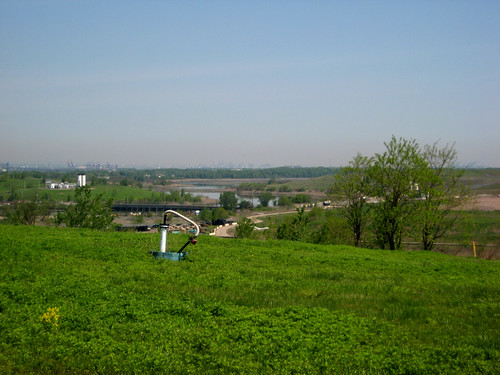
Two of the four mounds at the site—the mounds located in North and South Parks—were capped in the late 1990s with an impermeable cover separating waste from the environment. Capping of the East Mound, which will become East Park, began in 2007 and is expected to be complete in 2011. Capping of the West Mound will begin in 2011 and proceed until 2018. DSNY works with the New York State Department of Environmental Conservation (NYSDEC) to meet regulations for environmentally sound landfill closure. DSNY will also maintain operating responsibility for on–site environmental monitoring and control systems for a minimum of 30 years after capping. The NYC Department of Parks & Recreation must also meet NYSDEC’s regulations--no area of the park is permitted to open to public access until it meets state standards for public access.
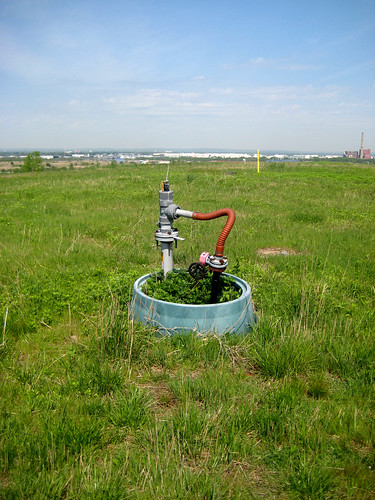
In addition to methane recovery, there are talks of planting solar cells which could potentially be sold to Con Ed, which conveniently runs a plant outside the edge of the park.
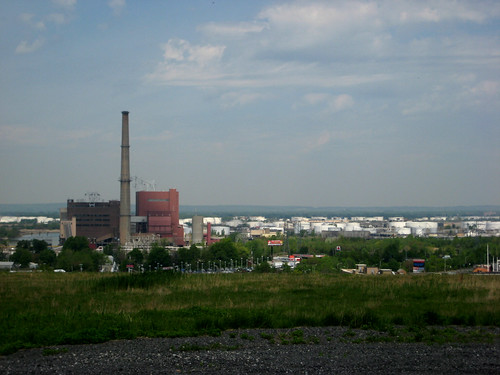
Staten Island Transfer Station is located on the site as well. The transfer station is expected to process an average of 900 tons per day of Staten Island-generated residential and municipal waste. The waste is compacted inside the 79,000-square-foot facility into sealed 12-foot high by 20-foot long intermodal shipping containers (seen below in orange), which are then loaded, four containers each car, onto flatbed rail cars to be hauled by rail to a landfill in South Carolina. The eight mile Staten Island Railway freight service which connects the facility to the national rail freight network via the Arthur Kill Vertical Lift Bridge was reactivated in April 2007, after it had been closed in 1991.
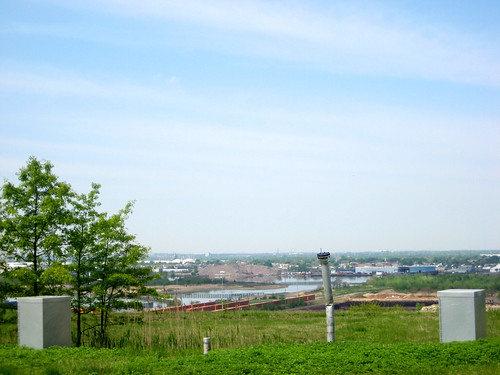
To the Northeast of the park sits William T. Davis Wildlife Refuge. The refuge is named for an American naturalist, entomologist and historian who urged the Audubon Society and NYC Parks Dept to create the refuge and whose family history on Staten Island dates back to the 17th century.
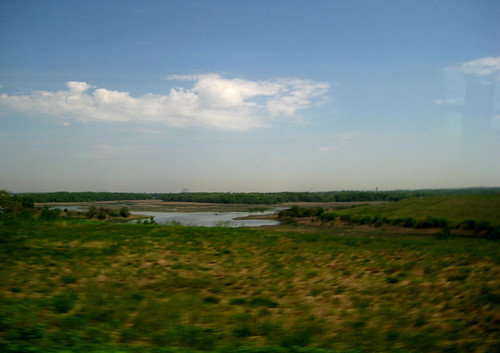
Some of the excavator equipment stored on the site.
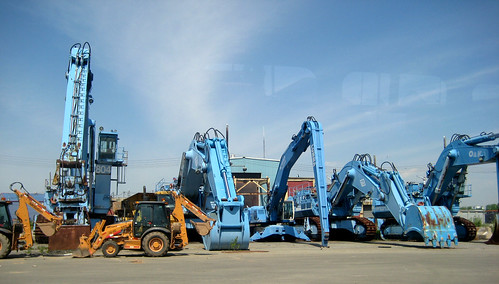
The Parks Department operates free tours of the Freshkills Park site from April through November of each year. Tours are conducted by bus, guided by Parks employees or NYC Urban Park Rangers and last approximately an hour and a half. You must sign up for the tour by going to the NYCP website here, clicking the green link halfway down for "Tours and Programs" and following the directions from there.

No comments:
Post a Comment